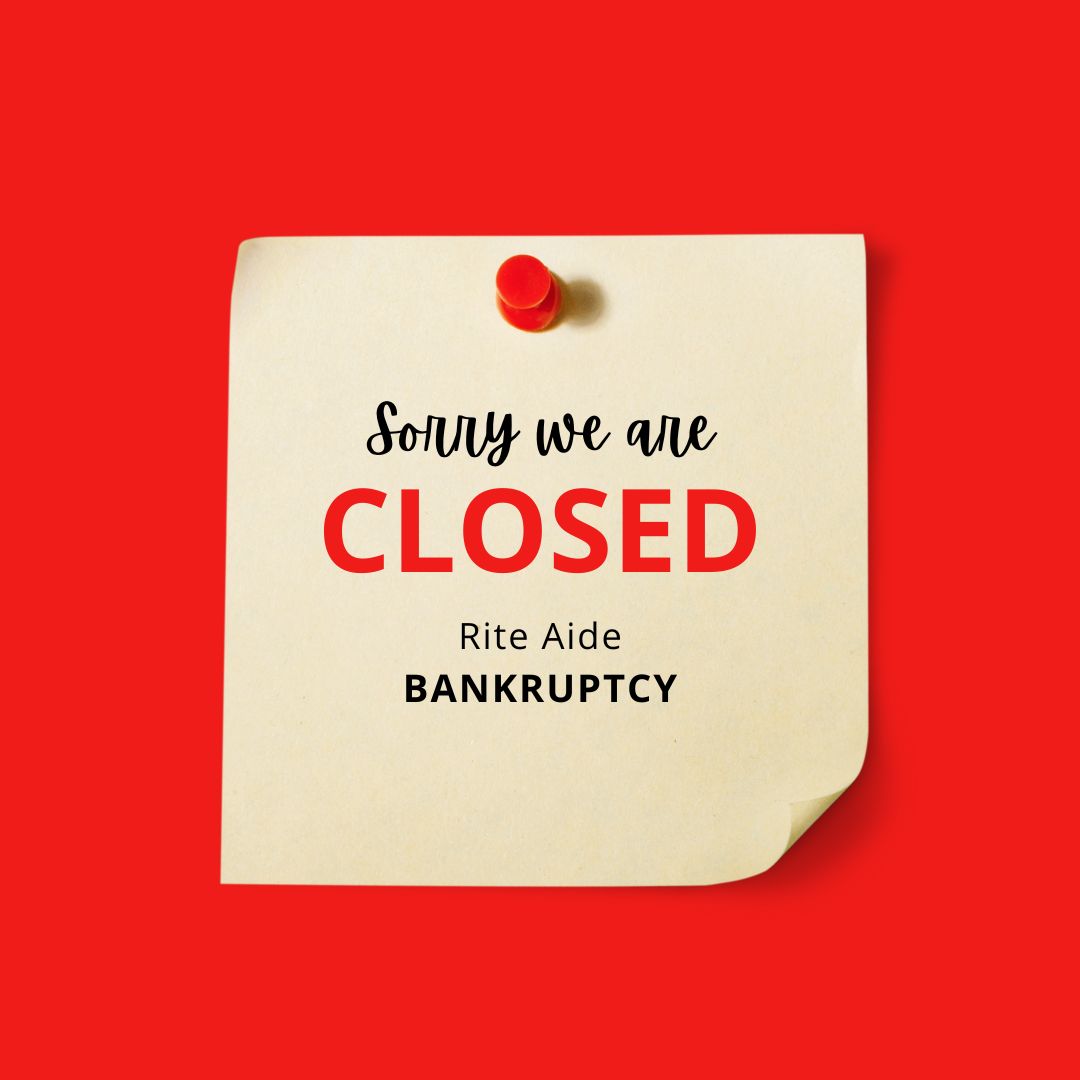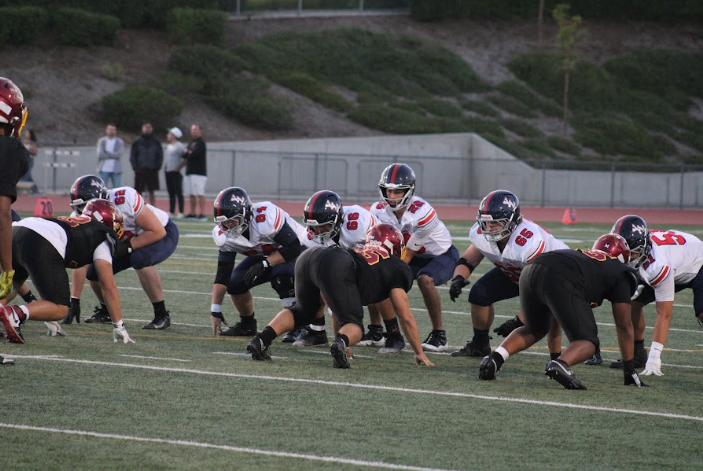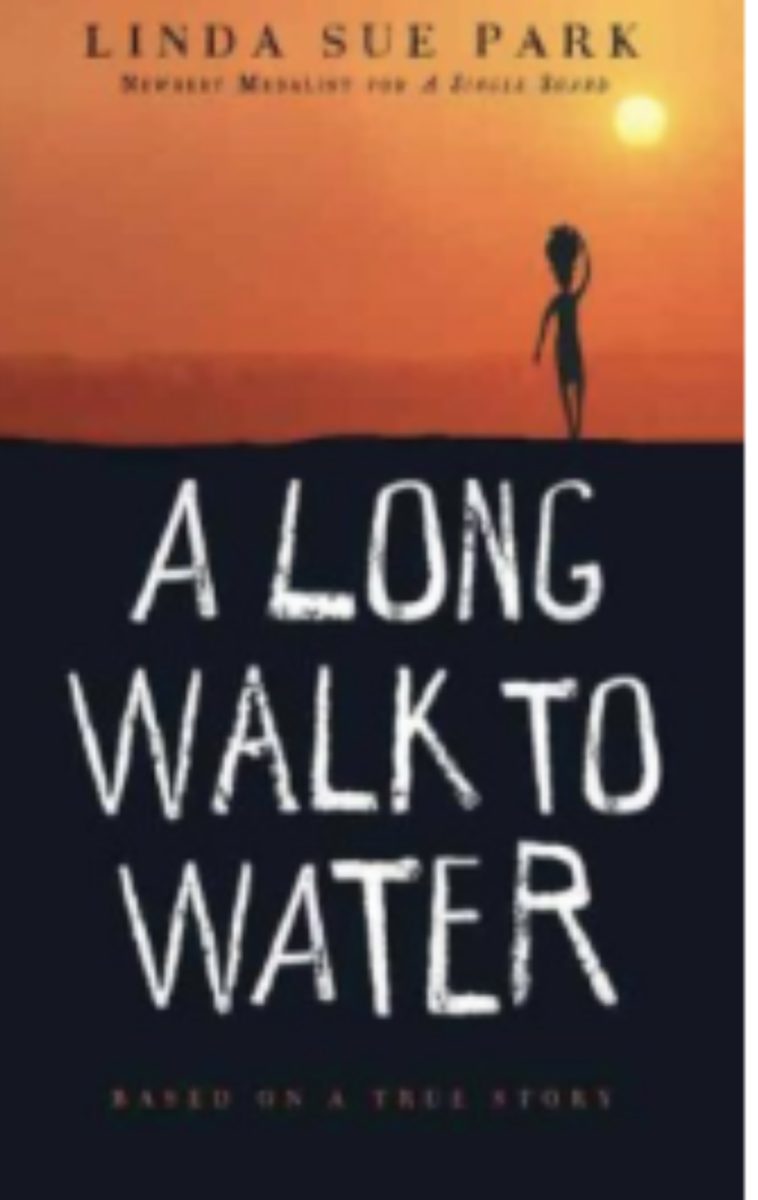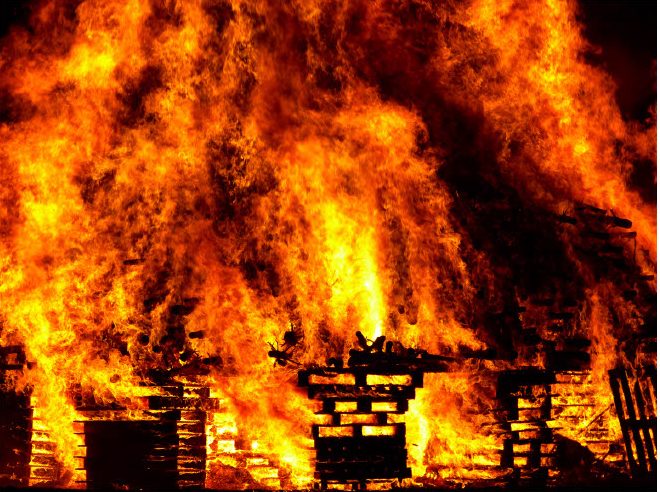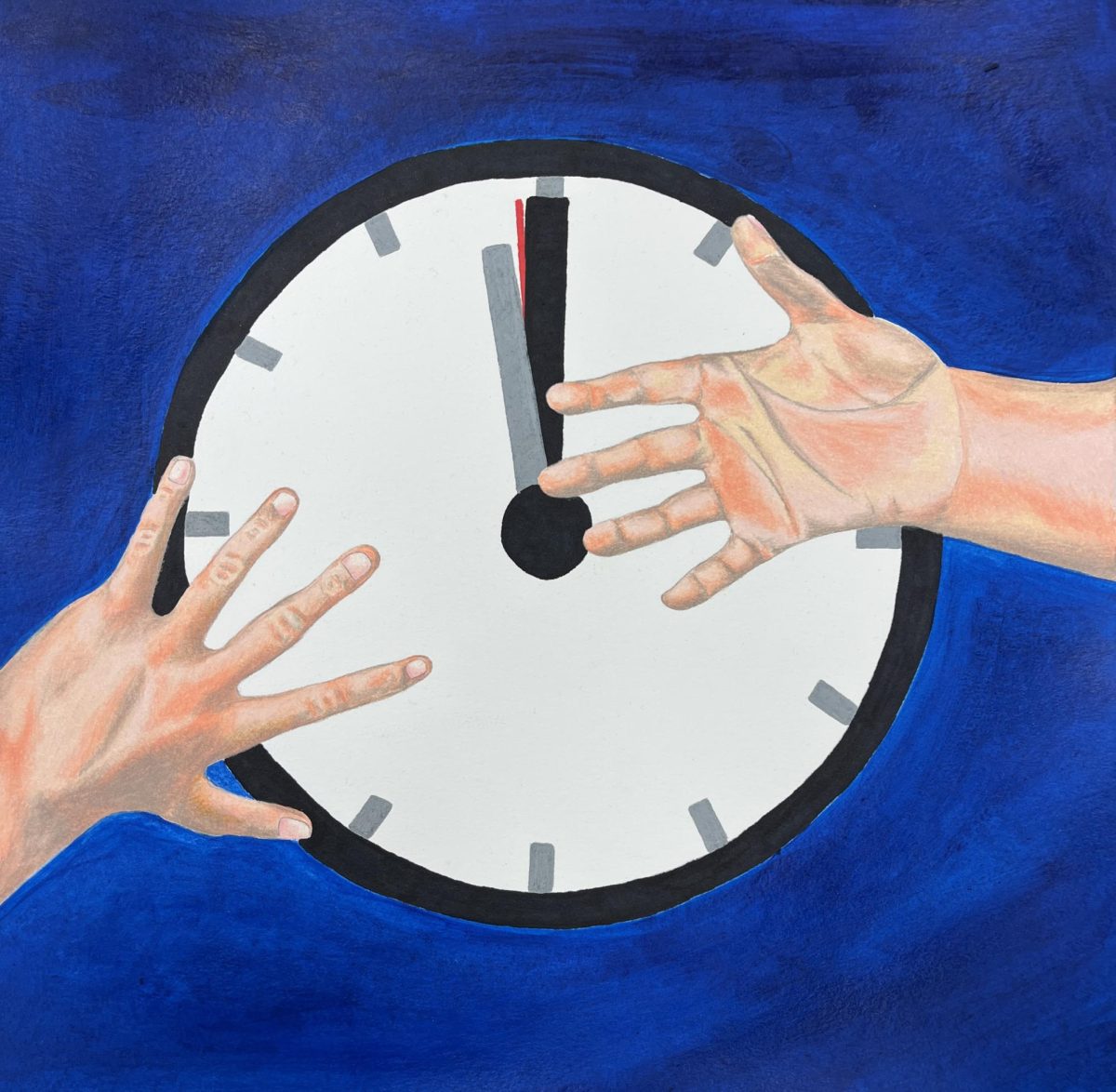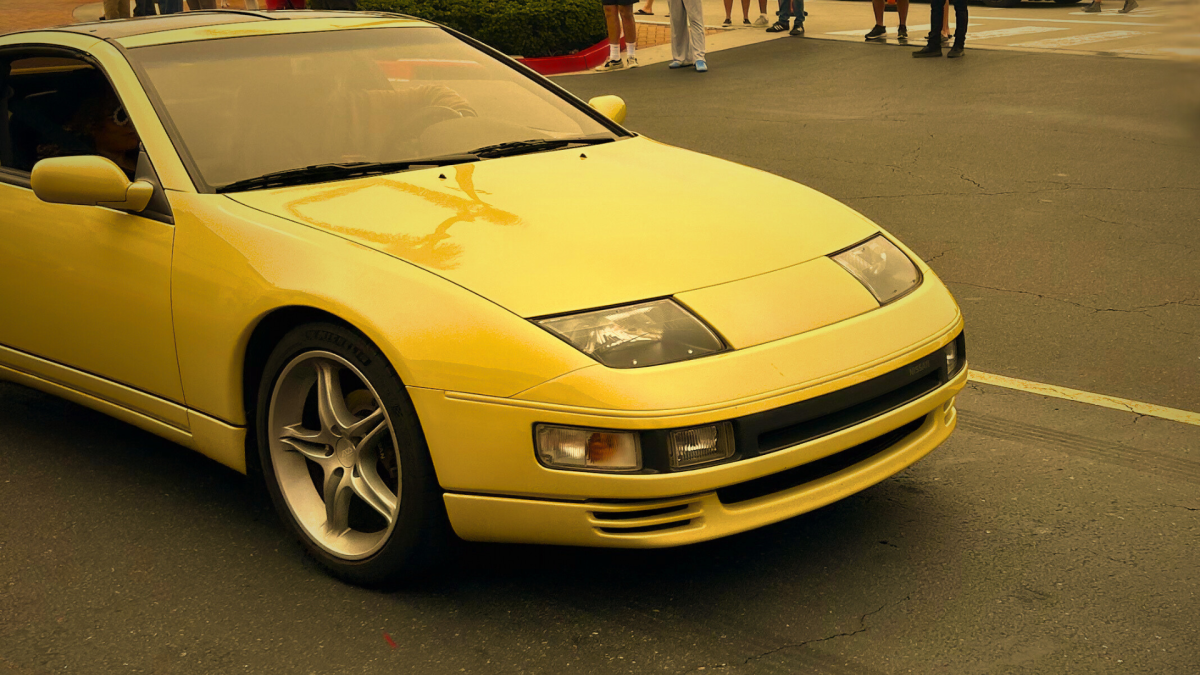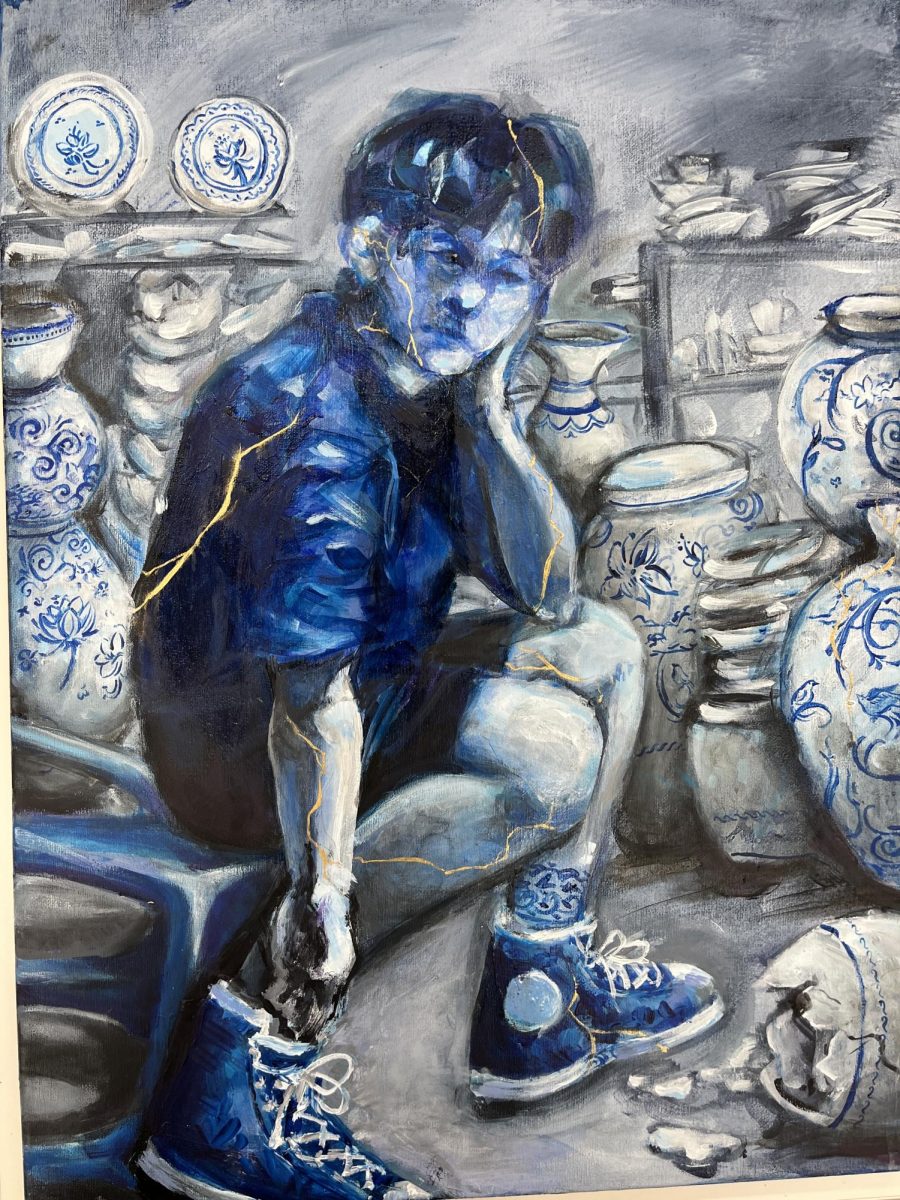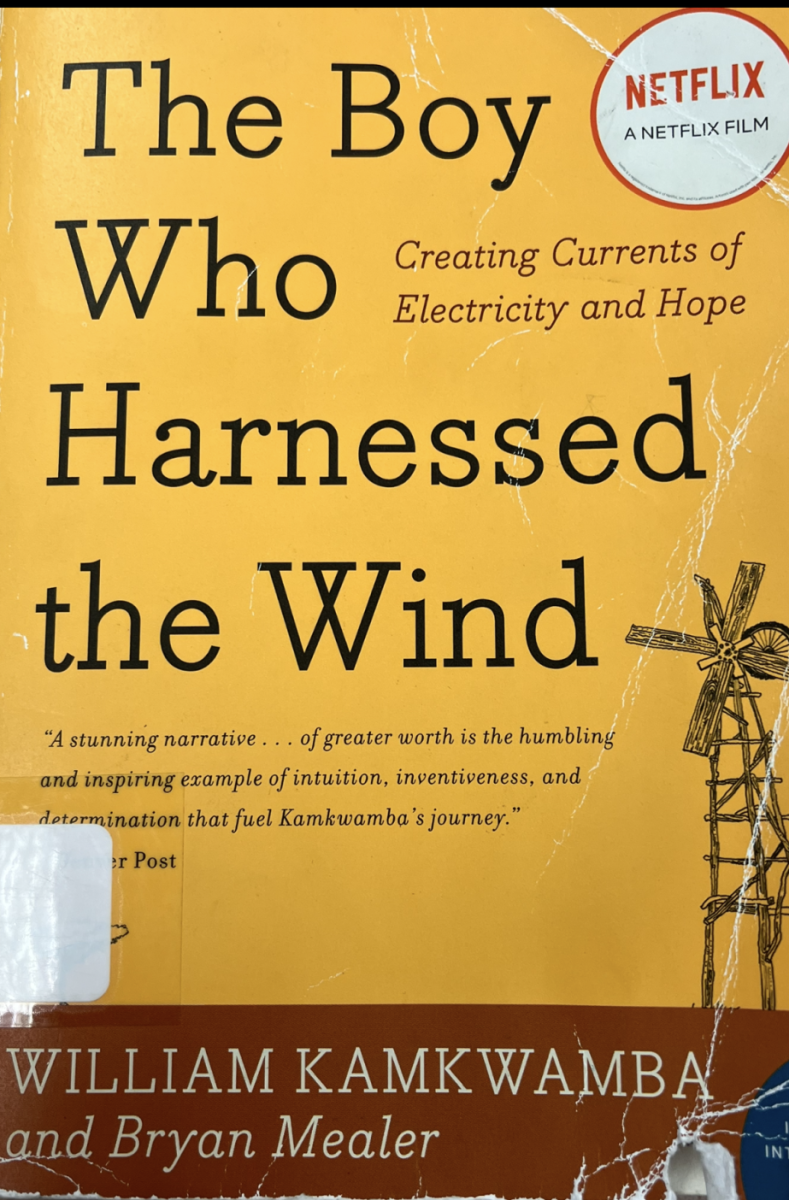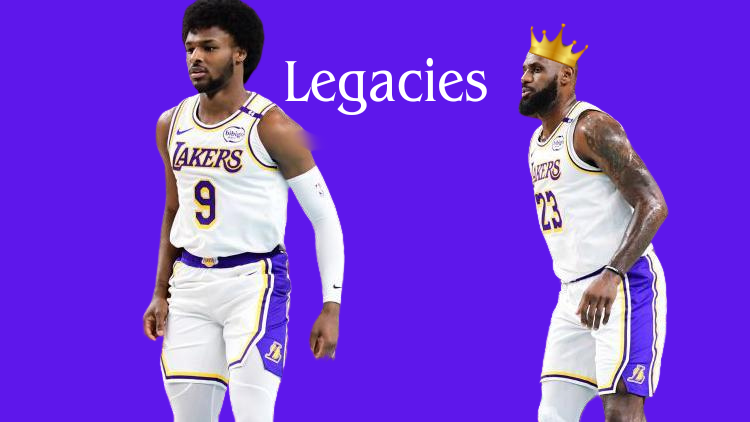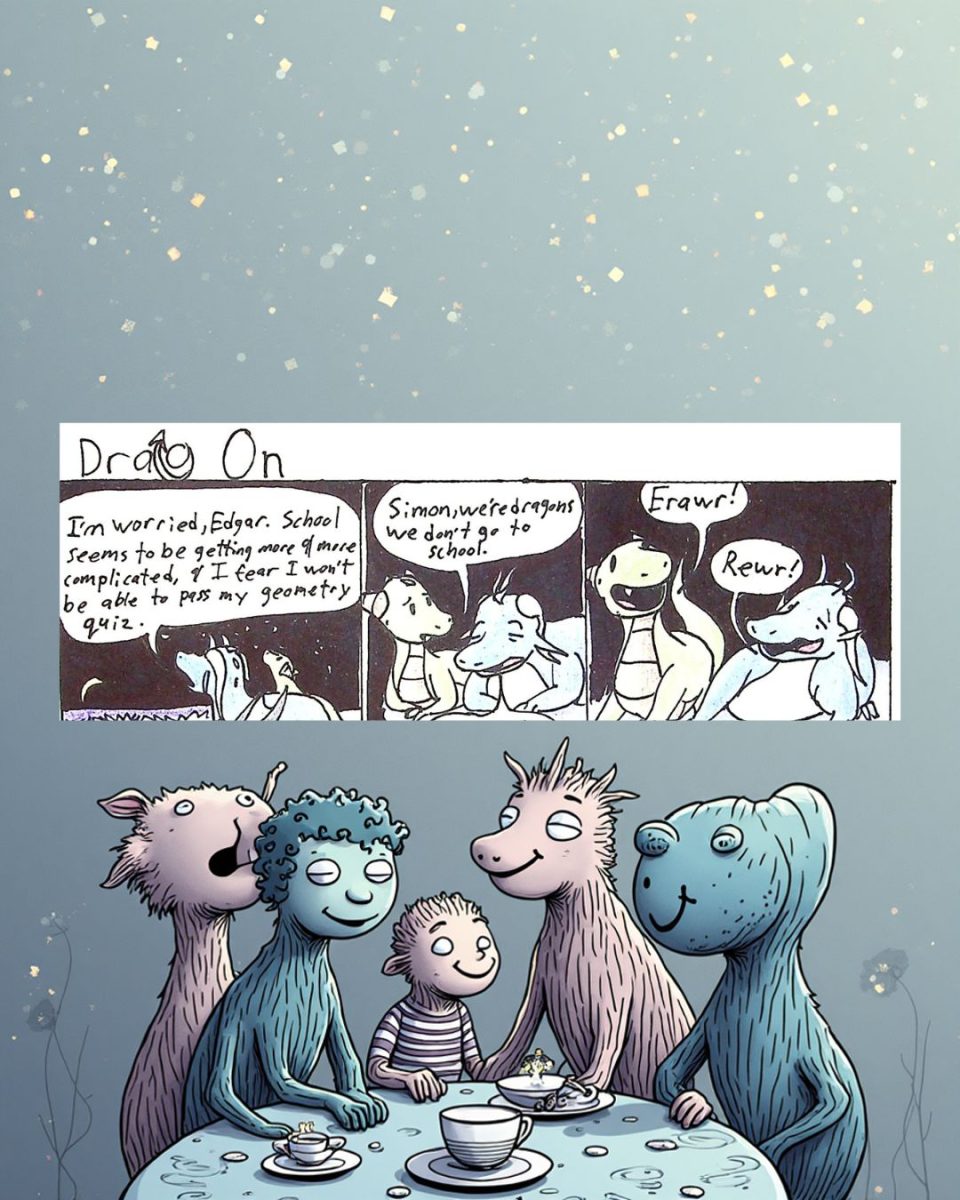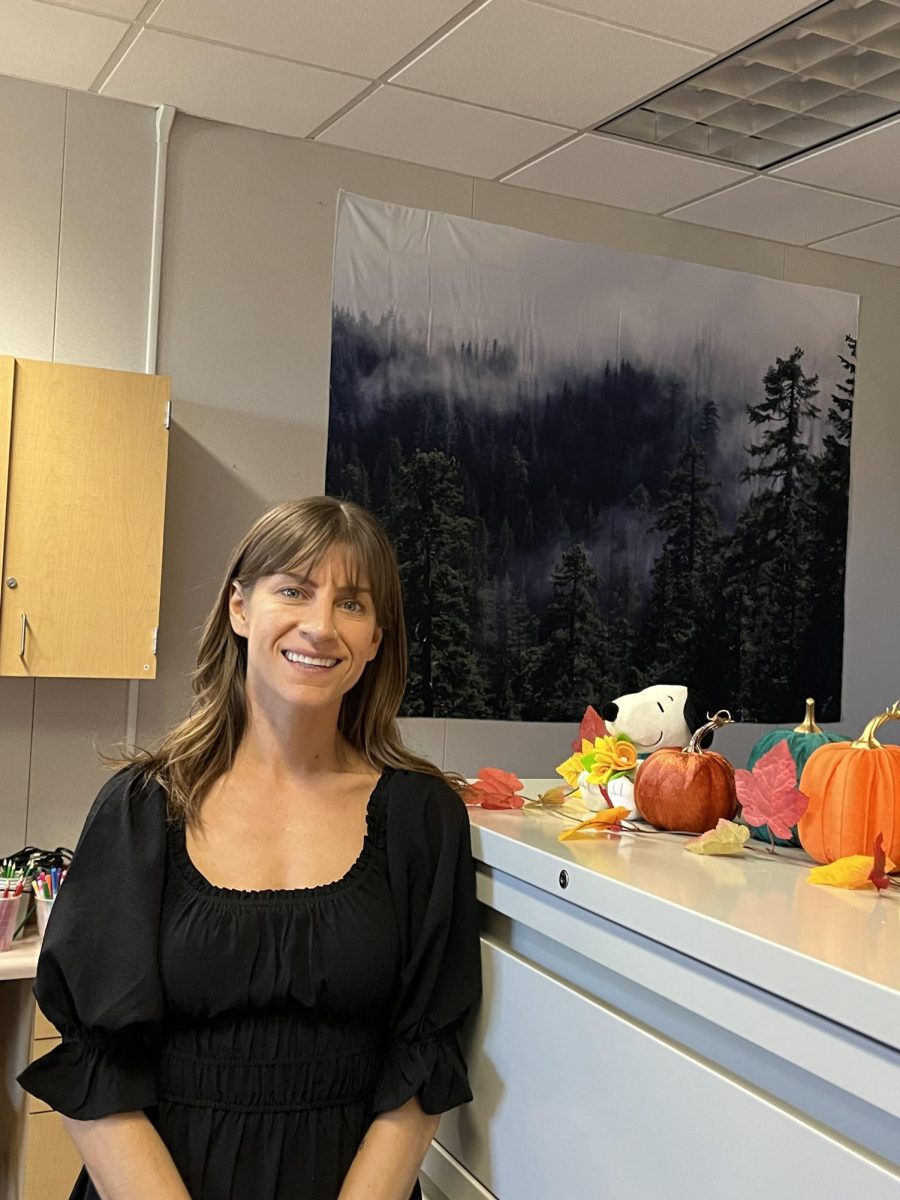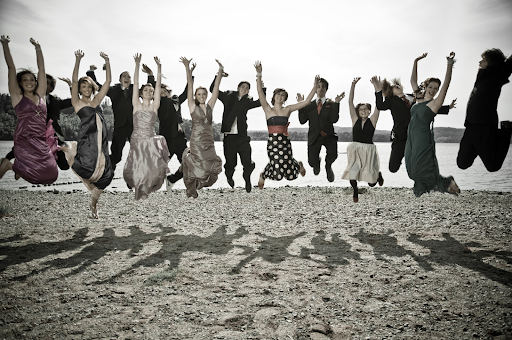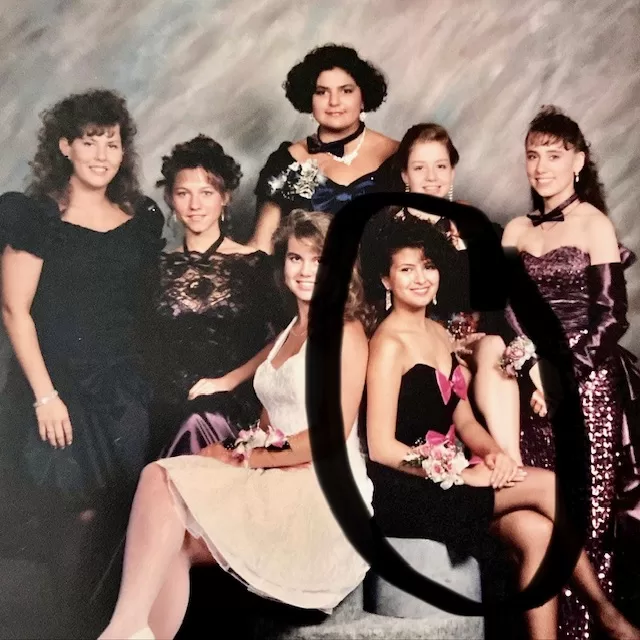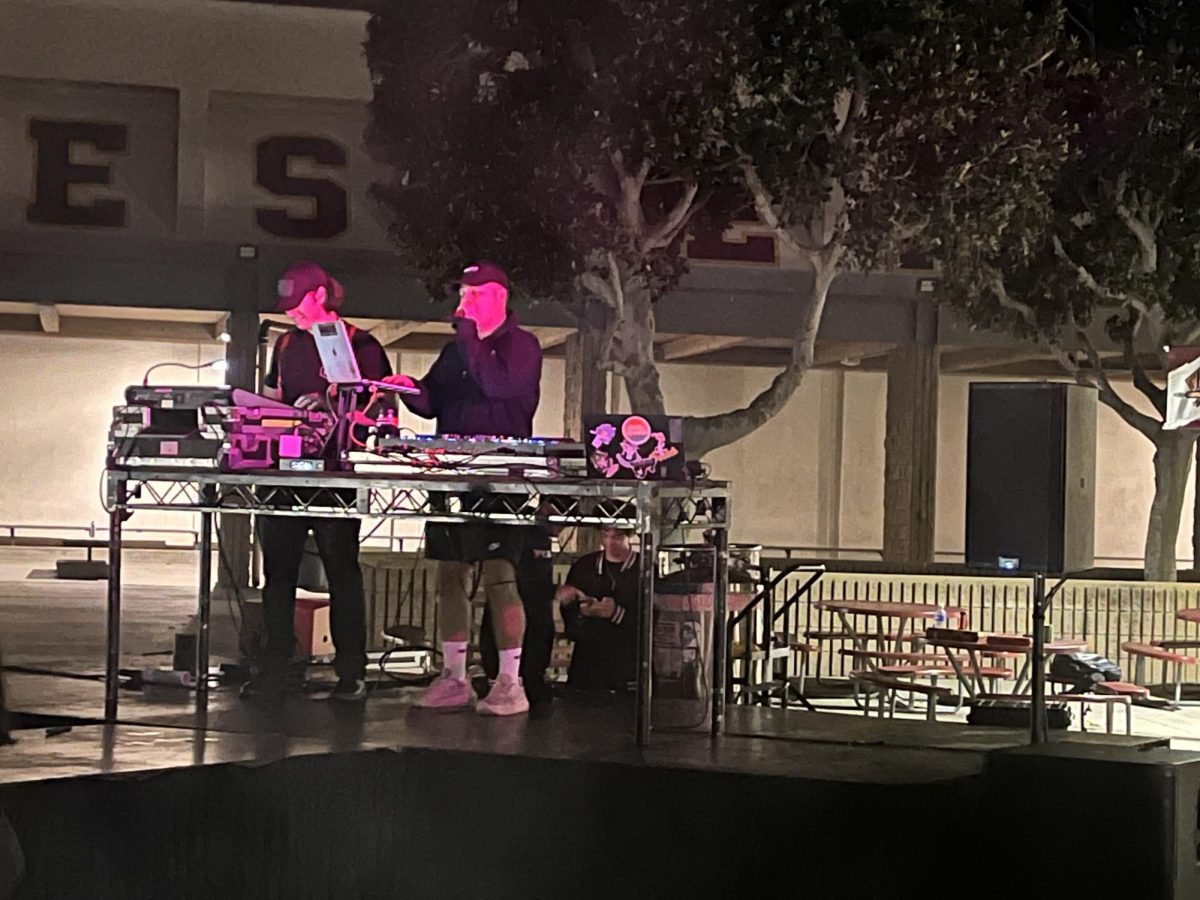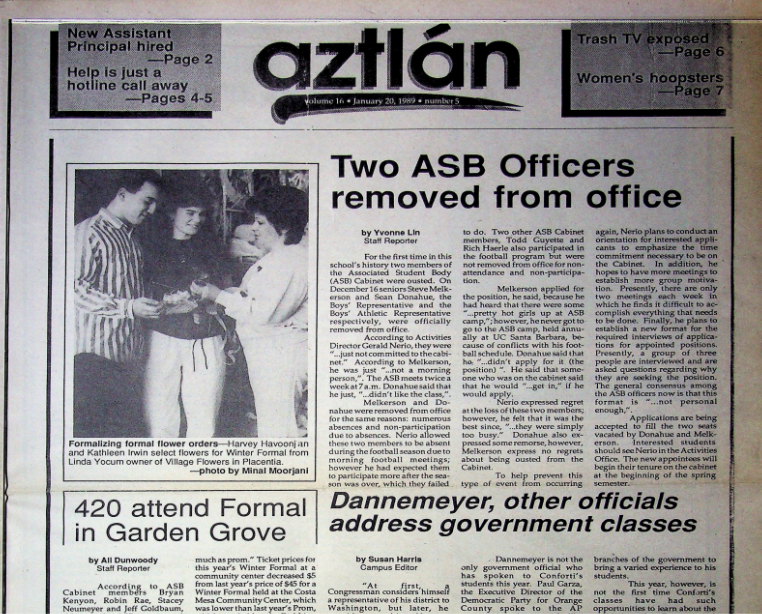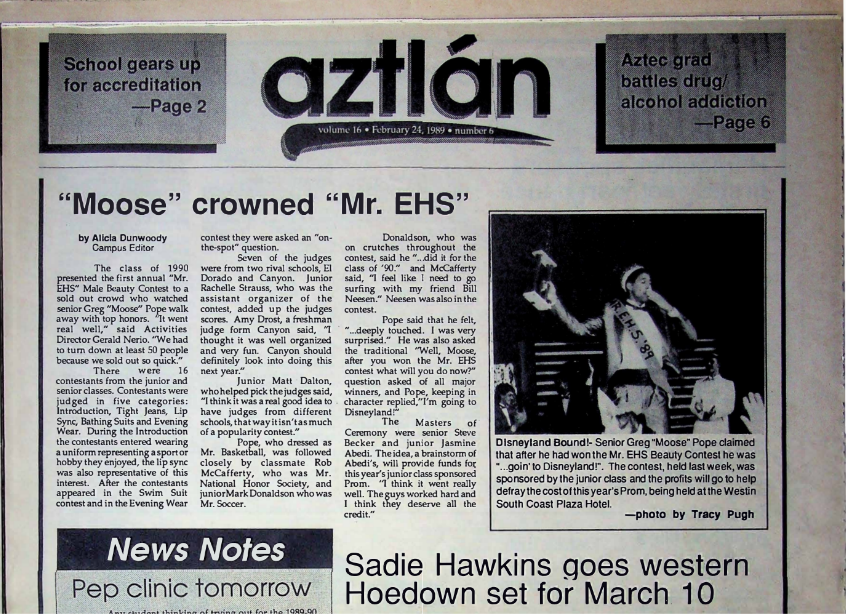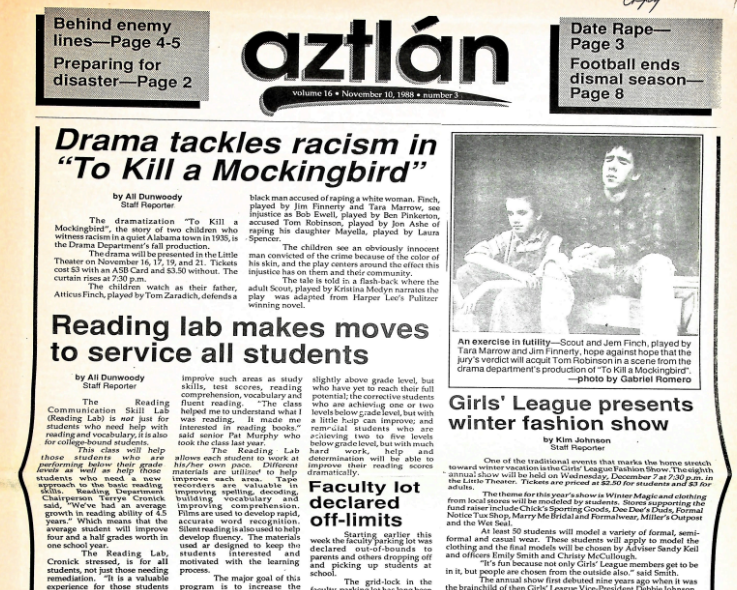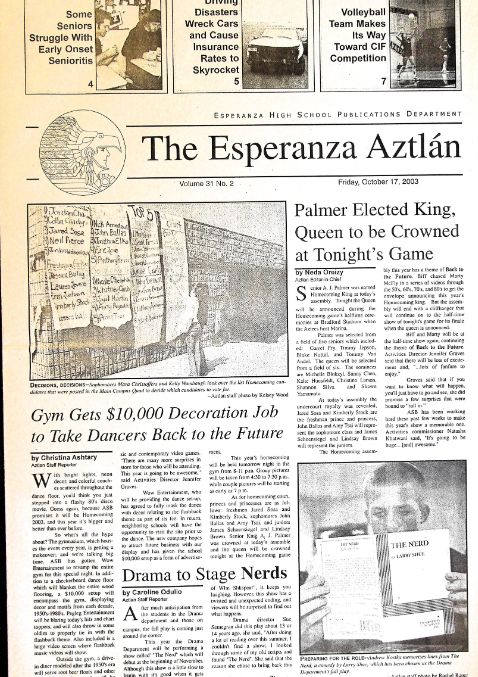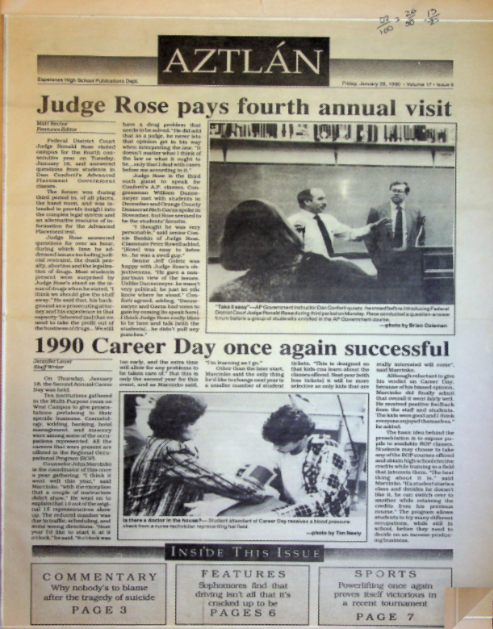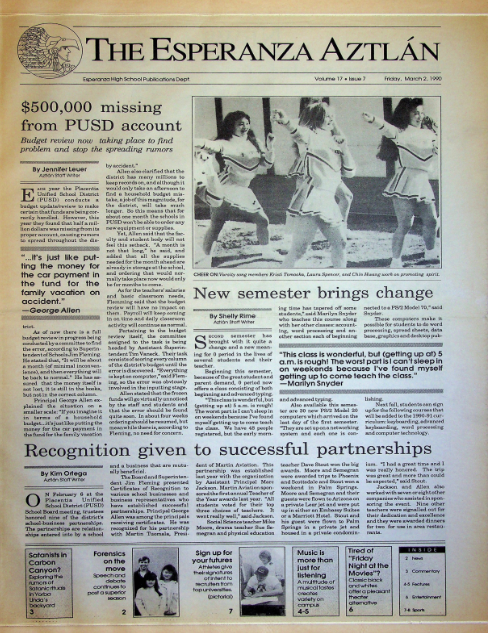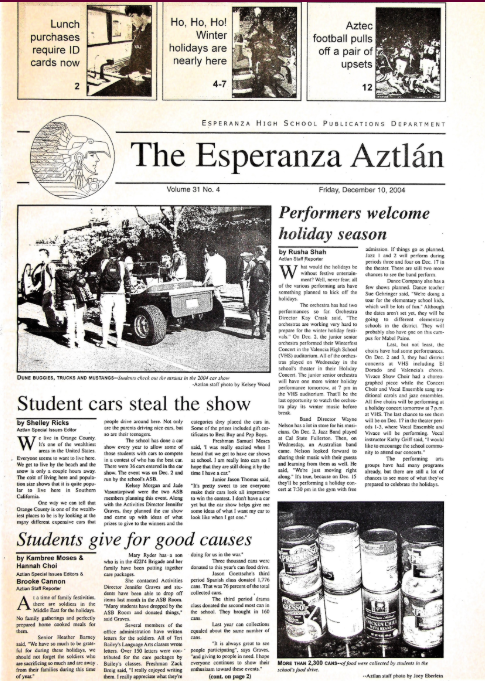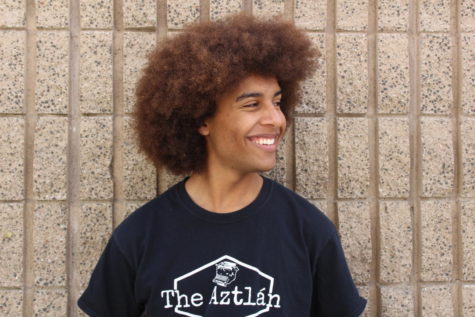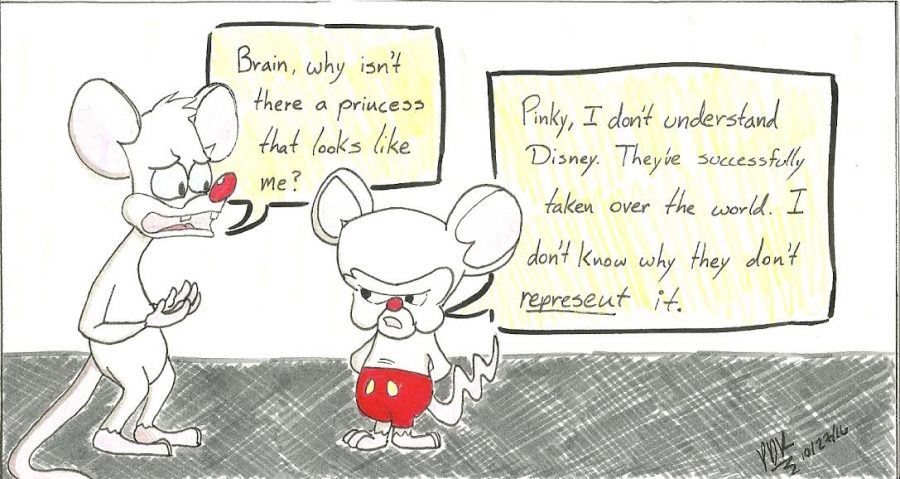Why is Disney so White?
The Walt Disney Company is a multinational mass media franchise that has roots as far back as 1923. With this in mind, it is expected that some of its earlier works, which were produced during a far less accepting time period, are less diverse than more modern films would be expected to be.
Except that’s where Disney falls short. Because this supposed “period-appropriate” lack of diversity persisted far longer than it should have, stretching beyond the reaches of early-20th-century American nationalism.
Take, for example, the Disney Princesses—a brand created by Disney featuring eleven female characters who have appeared in many other Disney franchises, namely movies. Of these eleven princesses, only four of them are of color; of these four, the first to appear in a Disney film was Jasmine in 1992.
Considering the first princess, Snow White, first appeared in 1937, this sheds light on a near-60-year period of mainly white main characters.
And this isn’t to say that the non-white princesses’ movies were the racial revolution Disney fans had been anticipating throughout this period. Many elements in the four non-white princess movies have very inaccurate depictions of various races’ cultures. Between the barbaric descriptions of Jasmine’s hometown in “Aladdin,” controversial images of an interracial marriage in “The Princess and the Frog” and the sugarcoating of historically brutal English colonization in “Pocahontas,” Disney didn’t exactly redeem themselves with these releases.
Additionally, unlike other racially inappropriate movies in Disney history (see: “Song of the South,” “Peter Pan,” etc.) these movies were released within the last 25 years, so it’s not like this is the type of racism expected from much, much earlier movies, as previously discussed.
So why does it exist?
Obviously, racial bias is still in the peripheral and, in some cases, direct vision of modern society, which means that the subject of racism is still a touchy one. But which is harder, continuing the recipe of movies with continually white protagonists and facing relentless backlash from critics and fans alike, or putting ample amounts of effort, research and design into making movies with more diverse characters and being caught up with the rest of society?
To Disney’s credit, the latter option has been embraced more frequently in recent years. “Zootopia,” released in 2015, uses a bright, playful faunal theme to highlight the dangers of racial bias and prejudice with a message both children and adults understand, and “Moana,” coming to theaters in November of this year, features Disney’s first Polynesian princess, complete with new-to-the-scene Polynesian voice actress Auli’i Cravalho. So while Disney hasn’t made the best race-related decisions in the past, its current ideas are definitely a step in the right direction for both its reputation and fans’ enjoyment.



